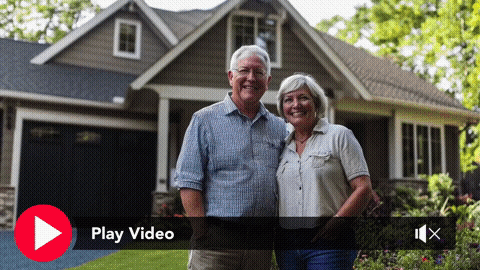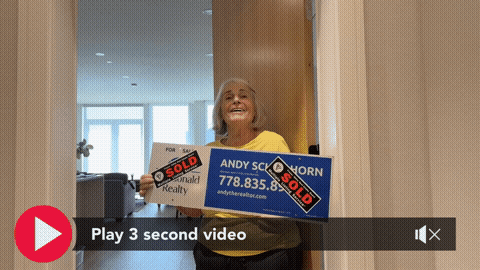5 EASY STEPS TO A PURCHASE PLUS IMPROVEMENTS MORTGAGE
Borrow up to an additional $40,000 on the purchase price of any home
Don’t shy away from that fixer-upper…
A Purchase Plus Improvements Mortgage, allows qualified purchasers to borrow up to 20% of the postrenovation value of a home, even with as little as 5% down.
STEP 1
Obtain a mortgage pre-approval from your mortgage broker, to determine your maximum approval amount.
STEP 2
You must find a house and have a general idea of what renovations need to be done as well as the cost of the renovations. The purchase price plus the renovation cost cannot exceed your maximum approval amount.
*Lenders will request written quotes to be provided, detailing the work to be done, as well as the cos t
STEP 3
Once your offer is accepted, provide the accepted offer, as well as the quotes for the work to be done to your broker. He/She will have the lender approved the mortgage with the cost of the renovations included in the mortgage.
*Down Payment Required is 5% of the Purchase Price including the renovations
STEP 4
Once you take possession of your home, you can begin the renovations. The Lender will instruct the Solicitor to hold the additional Renovation funds, until the lender confirms the works has been completed. Once the renovations are completed, notify your broker and they will send out an appraiser to complete an inspection to verify the work is completed as per the quotes that were provided.
STEP 5
The lender will receive the inspection report from the appraiser, and validate that the work has been completed in a good manner and as per the quotes provided. They will instruct the lawyer that they are able to release the funds to you, to pay the contractor.
*Less 10% pursuant to the construction lien act S. 22
WANT TO KNOW MORE? CALL ME TODAY!
Rita Cousins Senior Mortgage Advisor
C 604 230 9206 F 1 877 282 0857
mortgages@ritacousins.com








